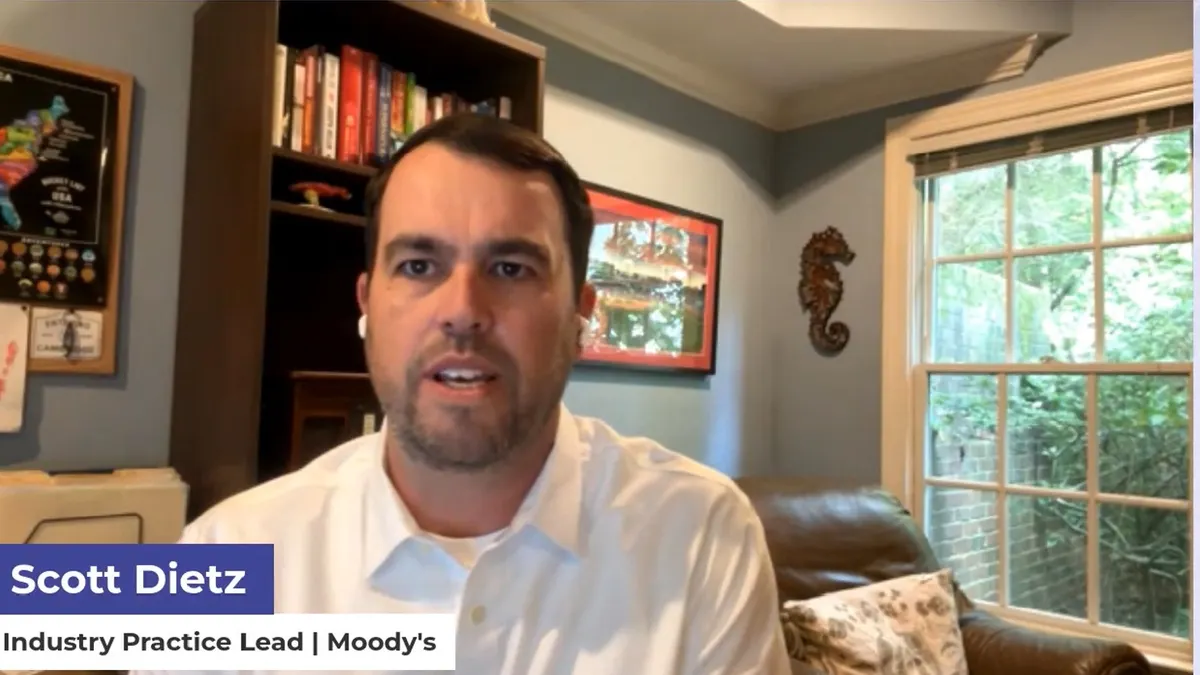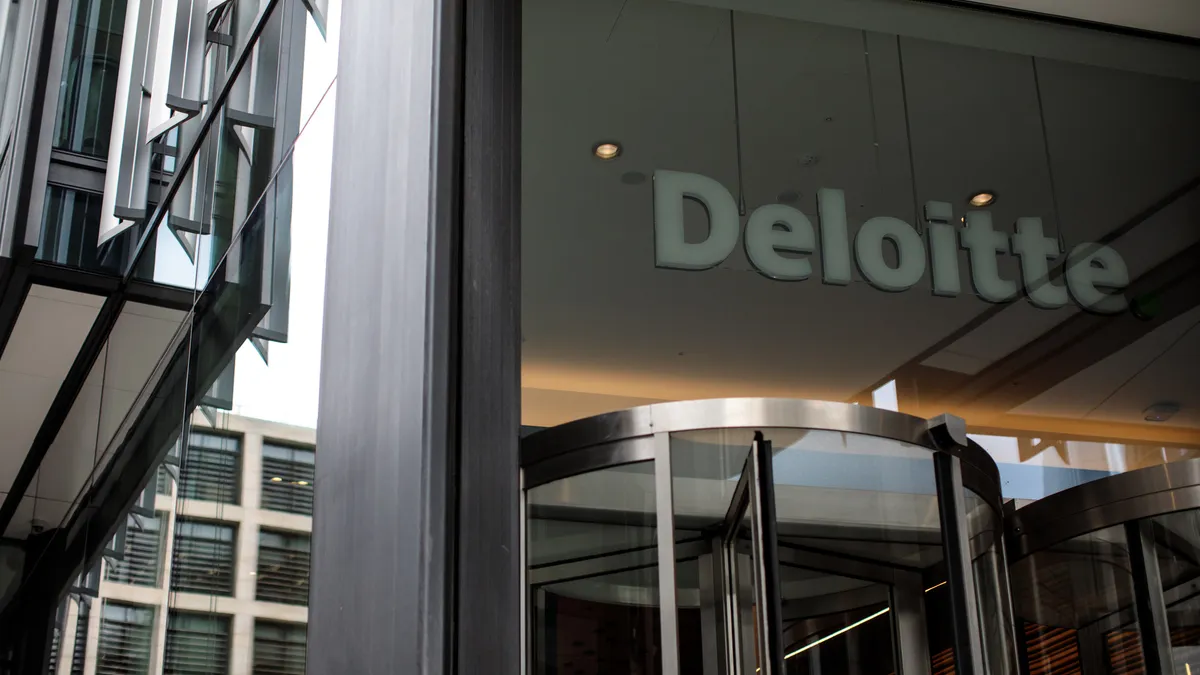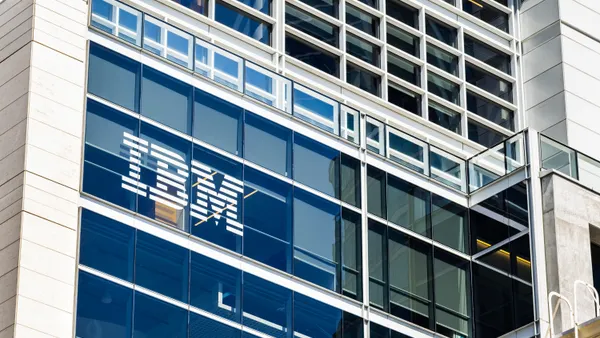Dive Brief:
- Seven out of 10 small businesses see inflation as their top worry for the months ahead, with 64% raising prices for goods or services, Bank of America found in a national survey.
- Price pressures have compelled nearly four out of 10 small businesses (39%) to reevaluate cash flow and spending for the coming year, Bank of America said. Still, 74% of small businesses enter the coming year with a positive outlook.
- “Many [small business owners] are approaching the next 12 months with cautious optimism, with nearly three out of four expecting revenue increases and roughly four out of five planning to obtain financing using business credit cards, personal savings and traditional bank loans,” Sharon Miller, business banking president at Bank of America, said in a statement. “In the coming year, over half plan to expand their businesses, and just under half plan to hire.”
Dive Insight:
Inflation has persisted above the Federal Reserve’s 2% target for more than four years. Gauging price pressures is unusually challenging because the federal government suspended measurement during its 43-day shutdown
The fuzzy outlook on the economy will likely continue into next month. The Bureau of Labor Statistics said Wednesday that it will not publish an October employment report until after the Fed’s last meeting of the year on Dec. 9-10. The BLS plans to release its report on September employment on Thursday.
In the most recent gauge of inflation, the consumer price index increased 3% in September on an annual basis, 0.1 percentage point higher than in August. So-called core CPI, which excludes volatile food and energy prices, also rose 3%.
During the past year, 77% of small business owners said their costs have increased 18% on average, Bank of America said. Seventy-six percent of the businesses have raised prices by an average of 12%.
The gain in CPI in September suggests that the personal consumption expenditures price index, the Fed’s preferred inflation gauge, increased 2.7% that month, Atlanta Fed President Raphael Bostic said last week. He expects that inflation will not slow until mid-2026 at the earliest.
The combination of a weakening labor market and persistent inflation has divided Fed officials over whether they should trim the federal funds rate at their next scheduled meeting, according to the minutes of their gathering late last month.
“Participants expressed strongly differing views about what policy decision would most likely be appropriate at the committee’s December meeting,” according to minutes of their policy meeting last month released Wednesday.
Since the meeting last month, some Fed officials have flagged risks to both the central bank’s mandate to ensure price stability and full employment while not committing to either reducing the main interest rates or holding it steady next month.
“Inflation is still above target,” Richmond Fed President Tom Barkin said in a Tuesday speech, while also noting softening employment.
“Our outreach leads me to believe inflation remains somewhat elevated but isn’t likely to increase much, he said, adding, “at the same time, we hear customers are exhausted by ever-increasing prices.”
“You may notice nothing I just said gives any guidance for our next meeting,” he said. “That’s intentional, as I think we have a lot to learn between now and then.”
Despite the hazy economic outlook, 59% of small businesses plan expansion and 43% plan to hire more workers, Bank of America said, quoting the survey of 819 business owners.














